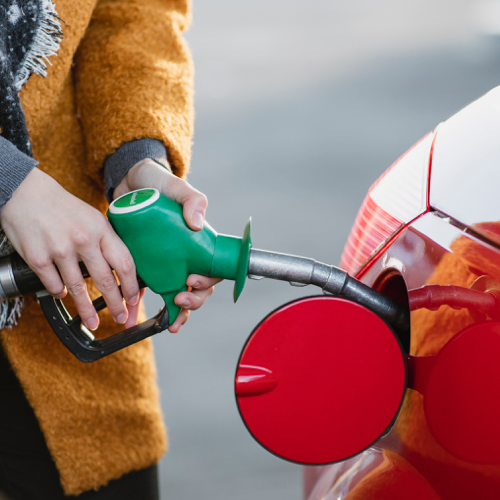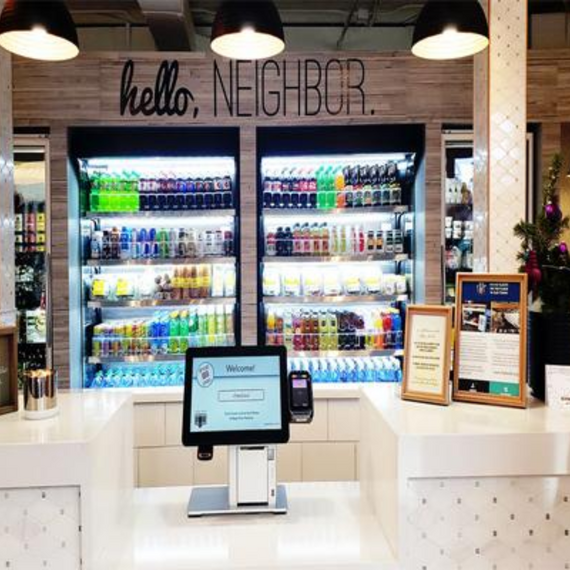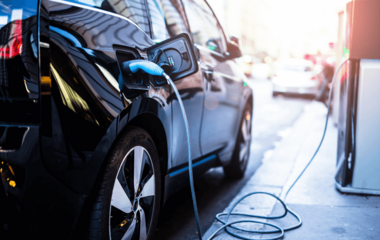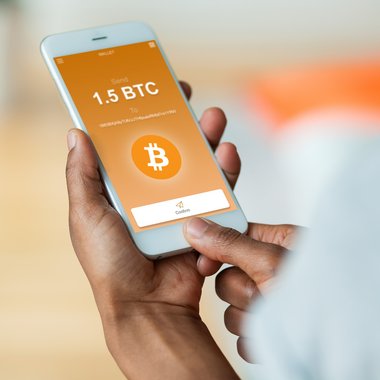
- Four minutes read
EMV and the petroleum industry's road to compliance following the liability shift
It’s been 12 months since the April 2021 EMV mandate went into effect, shifting liability for non-compliant payments directly onto gas stations. Yet, many independent and unbranded merchants are still left questioning the financial feasibility of upgrading their automated fuel dispensers (AFDs) to accept chip-enabled card payments. At the same time, the long-term consequences, particularly for merchants that have yet to install new payment terminal, are now becoming clearer.
To understand how the change in liability has impacted the industry over the last 12 months, and where merchants currently stand, it’s important to highlight the key takeaways we’ve observed following the shift.
The COVID-19 pandemic continues to stall the EMV roll out. Despite numerous delays, the industry is not yet at a point where every gas station is able to upgrade their equipment to accept chip-enabled card payments. The pandemic’s enduring impact on supply chains coupled with subsequent hardware and technician shortages created an undeniable obstacle for gas stations when it came time to upgrade their fuel dispensers before the April 2021 mandate.
Gas stations that have yet to place orders to meet EMV standards continue to express unease around managing the high cost of equipment upgrades, which tend to be a major undertaking for independent and unbranded gas stations. But these sites run the risk of becoming hotspots for fraud as surrounding locations become compliant. As a result, non-compliant retailers will almost certainly become more vulnerable to attacks from fraudsters while shouldering the financial burden of being liable for counterfeit card fraud losses.
Non-EMV compliant gas stations are switching off at-pump credit card payments. One option open to gas stations is to simply switch off their pay-at-the-pump option altogether and rely solely on the checkouts in their convenience stores or only allowing pin-Debit and fleet card payments outside. While this solution is a temporary fix to mitigate fraud concerns at the pump, merchants also run the risk of making their gas station less favorable in the eyes of their customers, resulting in a possible loss of revenue.
More gas stations are de-branding. Major petroleum brands are understandably uncomfortable with taking on the liability for fraudulent payments at their pumps and are therefore putting pressure on gas station owners that haven’t converted their payment terminals yet. In some cases, failure to comply with EMV standards can lead brands to re-evaluate the relationship altogether. Major brands are also charging non-compliance fees to gas stations that haven’t made the transition. The net result of both these trends is that gas stations are de-branding at an increasing rate because they simply cannot afford to pay the excess fees.
Gas stations may be considering this option to avoid the heavy fees brands are charging for non-EMV-compliance at the pump, but this shouldn’t be viewed as a permanent, alternative solution to the issue of at-pump fraud liability.
The growth of mobile payment apps and alternative payment methods. Gas stations that have installed EMV terminals at the pump are already looking to further strengthen the competitive advantage they have gained by improving the consumer payment experience. Merchants are looking at ways in which they can create a truly flexible payments experience by offering alternative solutions spanning digital payments via mobile apps, tap to pay, and contactless. As a result, merchants are increasingly seeking advice on how to launch their own digital checkout, and we expect this trend to only grow in the coming months.
While it is true that delays continue to persist in the supply chain for gas stations that are trying to replace, or simply upgrade, their existing terminals to becoming EMV compliant, this is not reason alone to avoid taking immediate action. As mentioned, fraudsters are more commonly targeting gas stations that prefer to take the ‘wait and see’ approach to implementing EMV-enabled technology at their pumps, even in rural locations where merchants may not experience an immediate spike in fraud costs.
Payments companies that specialize in the petroleum industry have a responsibility to educate merchants about the risks associated with ongoing non-compliance and to think creatively about how their solutions and cost-saving programs can help support independent and unbranded gas stations in upgrading existing payment terminals.




